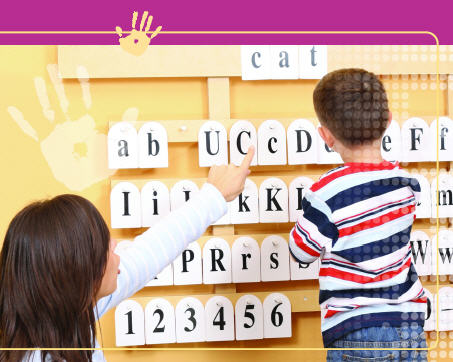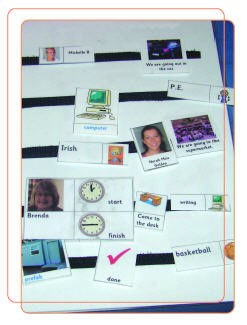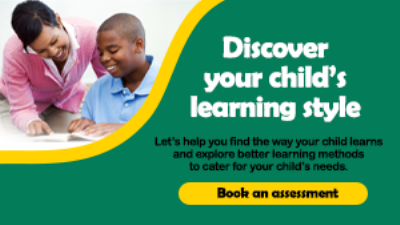
A student with a moderate general learning disability is likely to display significant delay in reaching developmental milestones. These students may have impaired development and learning ability in respect of basic literacy and numeracy, language and communication, mobility and leisure skills, motor co-ordination and social and personal development. Many students with moderate general learning disabilities may have difficulties with the length of time for which they can concentrate on activities, with generalising and transferring knowledge across situations and with processing input from more than one sense at a time. Insofar as IQ (Intelligence Quotient) may be used as an indicator of moderate general learning disability, such students’ cognitive functionings range from IQ 35 to 50 on standardised IQ tests. Many students may have accompanying impairments such as physical, hearing or visual impairment, autistic spectrum disorders (ASDs) and emotional disturbance or impairment in communication skills. Remember that each student is different – what works for one may not work for another.
Strategies for Learning and Teaching
- Allow access to a learning programme that students can follow at an appropriate pace and in a learning style appropriate to their particular abilities and potential.
- Encourage students to move from a passive to a responsive and interactive role where they initiate activities and where communication is incorporated into the learning activity.
- Focus throughout the learning and teaching process on the student’s strengths as well as needs.
- Provide the student with tasks that are within his/her capacity and which have clear manageable steps.
- Be explicit when giving instructions and use clear and unambiguous language. Consider using a model or picture of the final goal or end product so that the student knows what is expected.
- Make the beginning and end points of tasks clear and avoid ambiguity, using visual clues to highlight meaning – present tasks using symbols or give instructions with a written/pictorial list or prompt cards. f Do not introduce more than one new skill at a time.

- Encourage students to become independent learners.
- Utilise semantic/concept mapping to build on students’ existing knowledge.
- Include lots of repetition, praise and encouragement.
- Provide students with access to an age-appropriate differentiated curriculum.
- Use a wide range of learning resources (e.g. visual aids (charts/artifacts), concrete objects, computer software and accessible texts).
- Use practical activities (e.g. games, simulations, role play and field trips).
- Provide access to the computer for drill, skill building, word processing and enhancing access to the curriculum.
- Use self-esteem/confidence-building exercises.
- Employ peer-tutoring and co-operative-learning groups, which facilitate interaction and communication.
- Give the student opportunities to generalise knowledge and skills. Students moving into a different environment can lose some previously acquired skills and may need to relearn skills in a new environment (e.g. when moving class or moving to another school).
- Be aware that social skills may have to be explicitly taught. Place particular emphasis on ensuring that the student understands the listener speaker relationship, turn taking, waiting in line and working in groups with other students.
- Provide clear and explicit boundaries for behaviour.
- Link curricular programmes to the development of prevocational skills.
- Purposefully include opportunities to exercise choice and control in students’ timetables.
- Try to ensure consistency of approach is adopted by all who are involved in the student’s learning.


